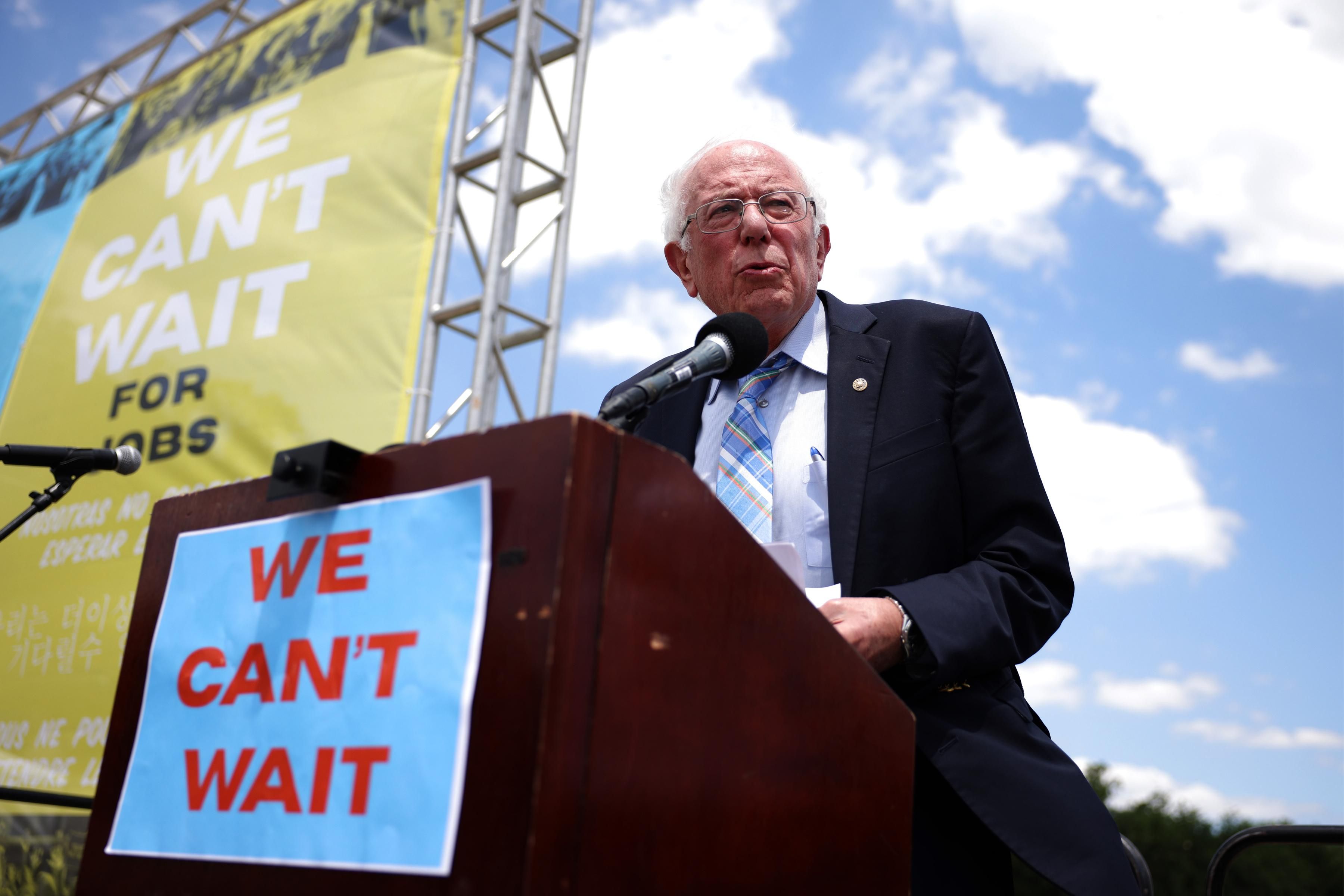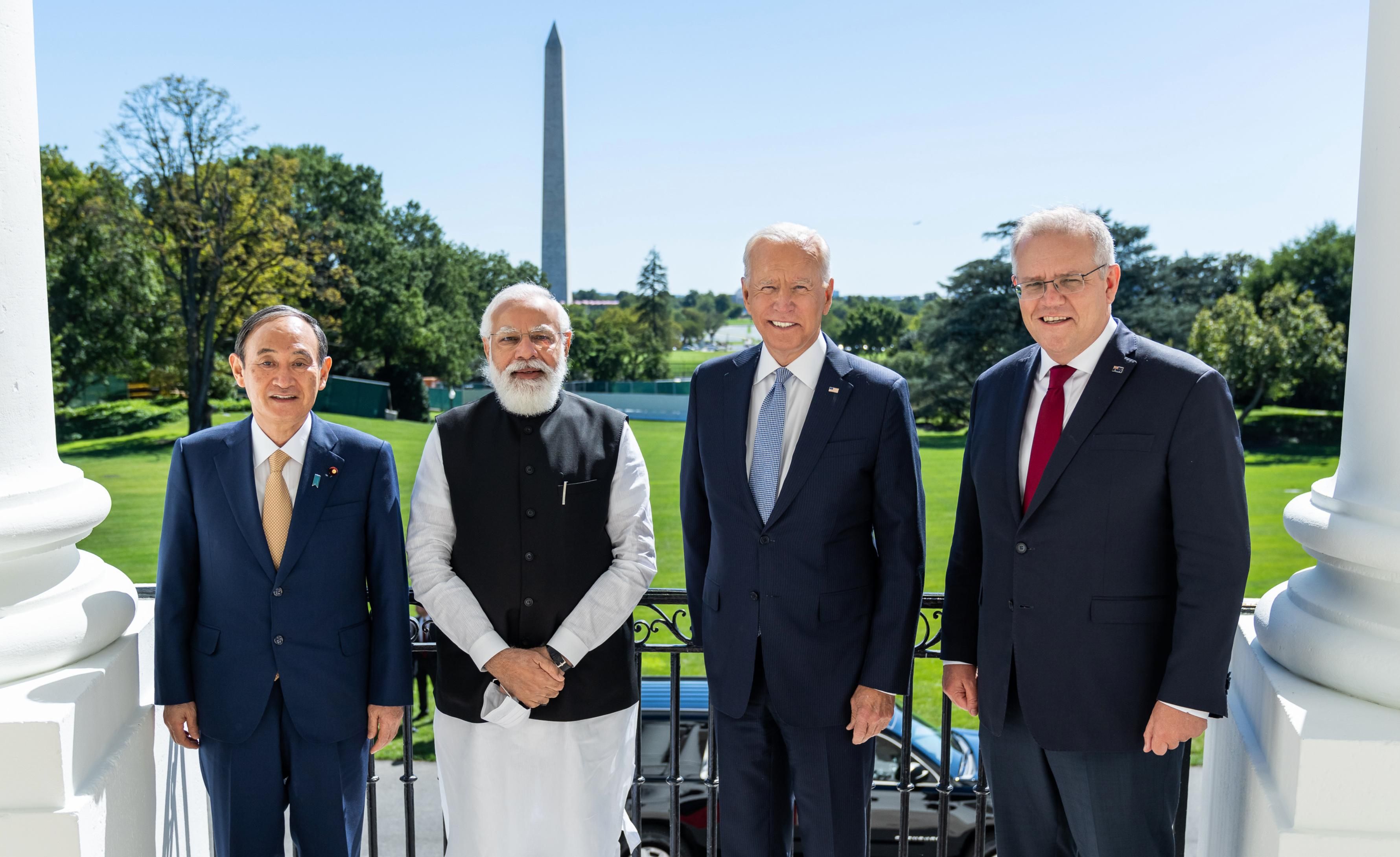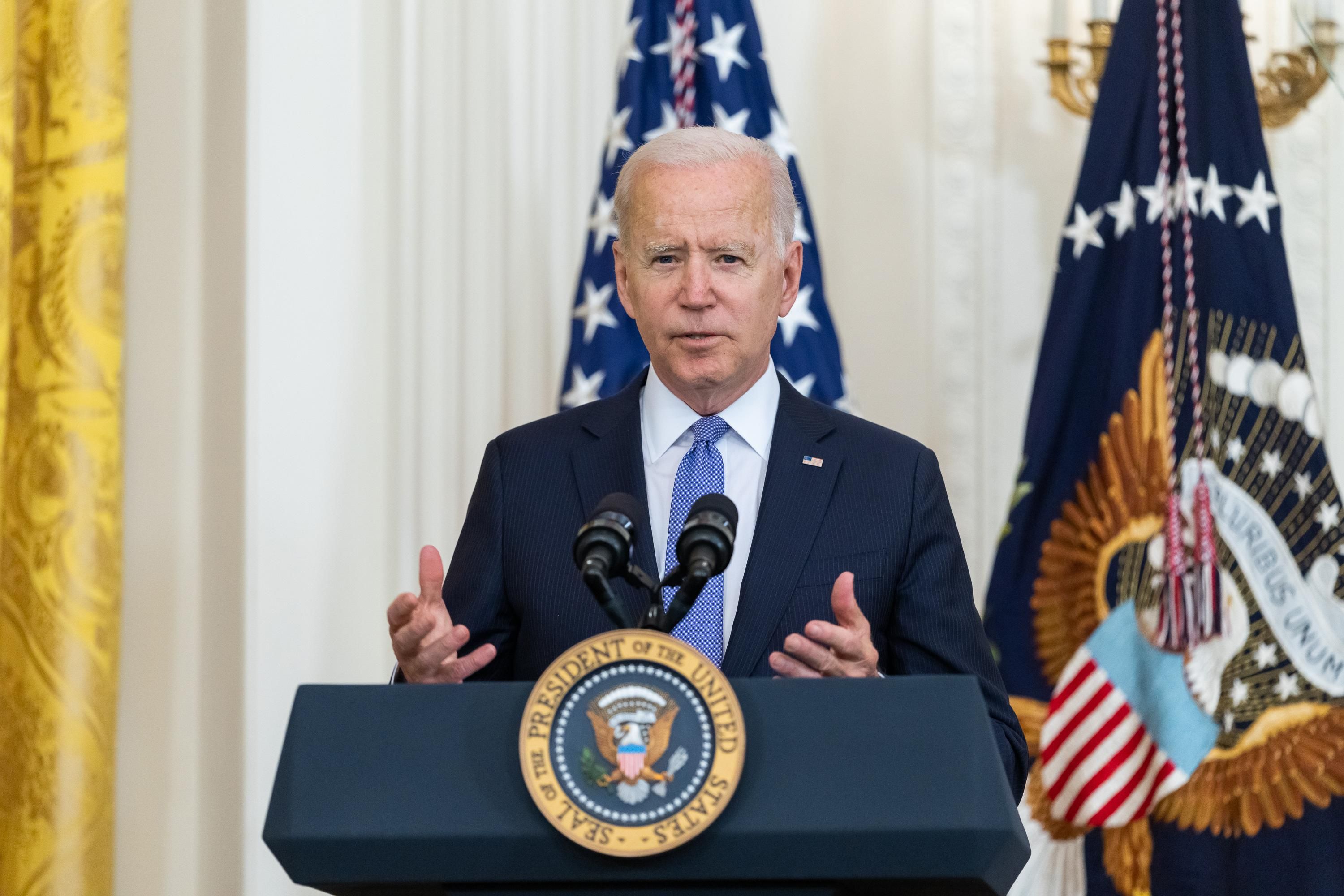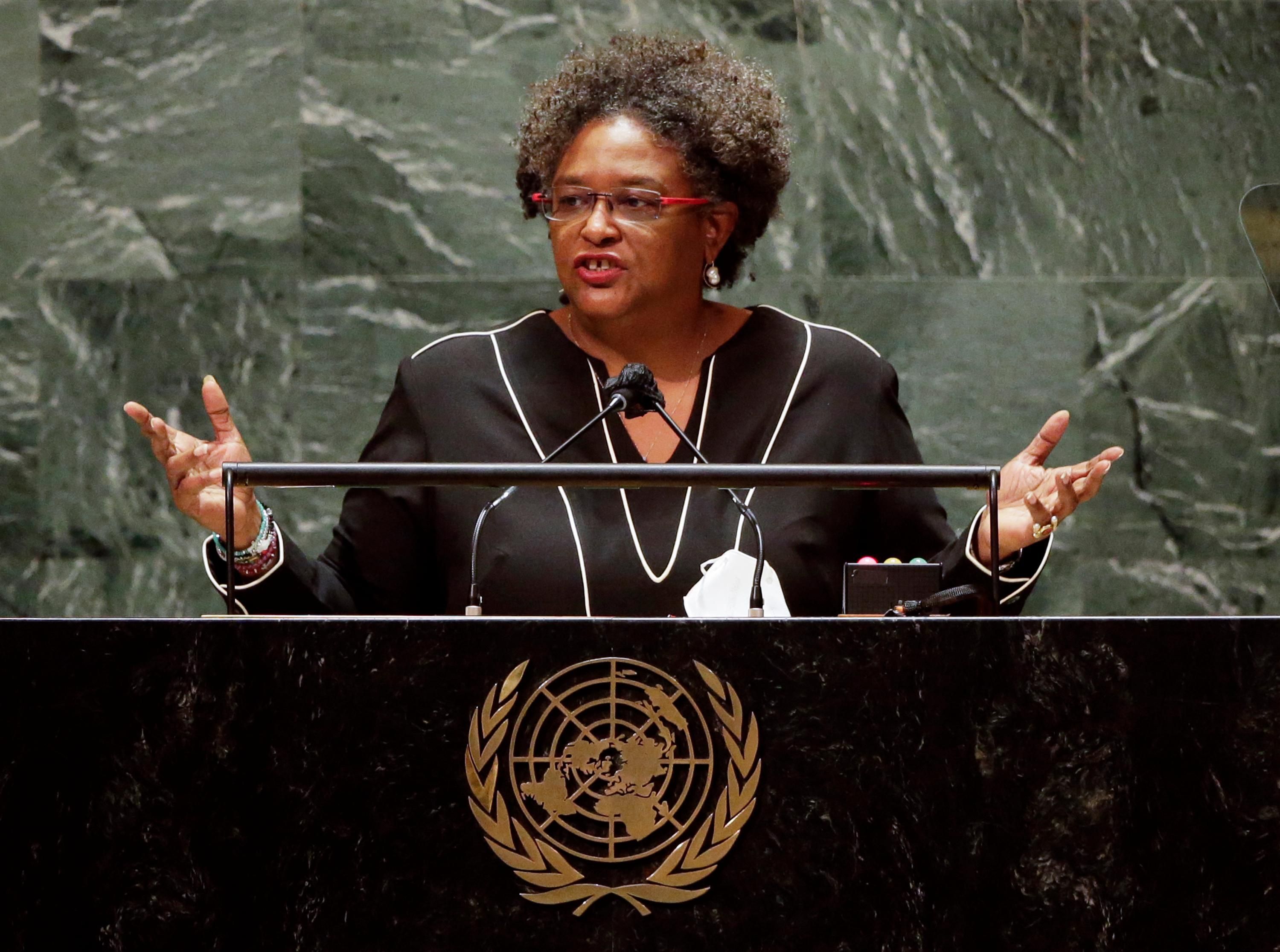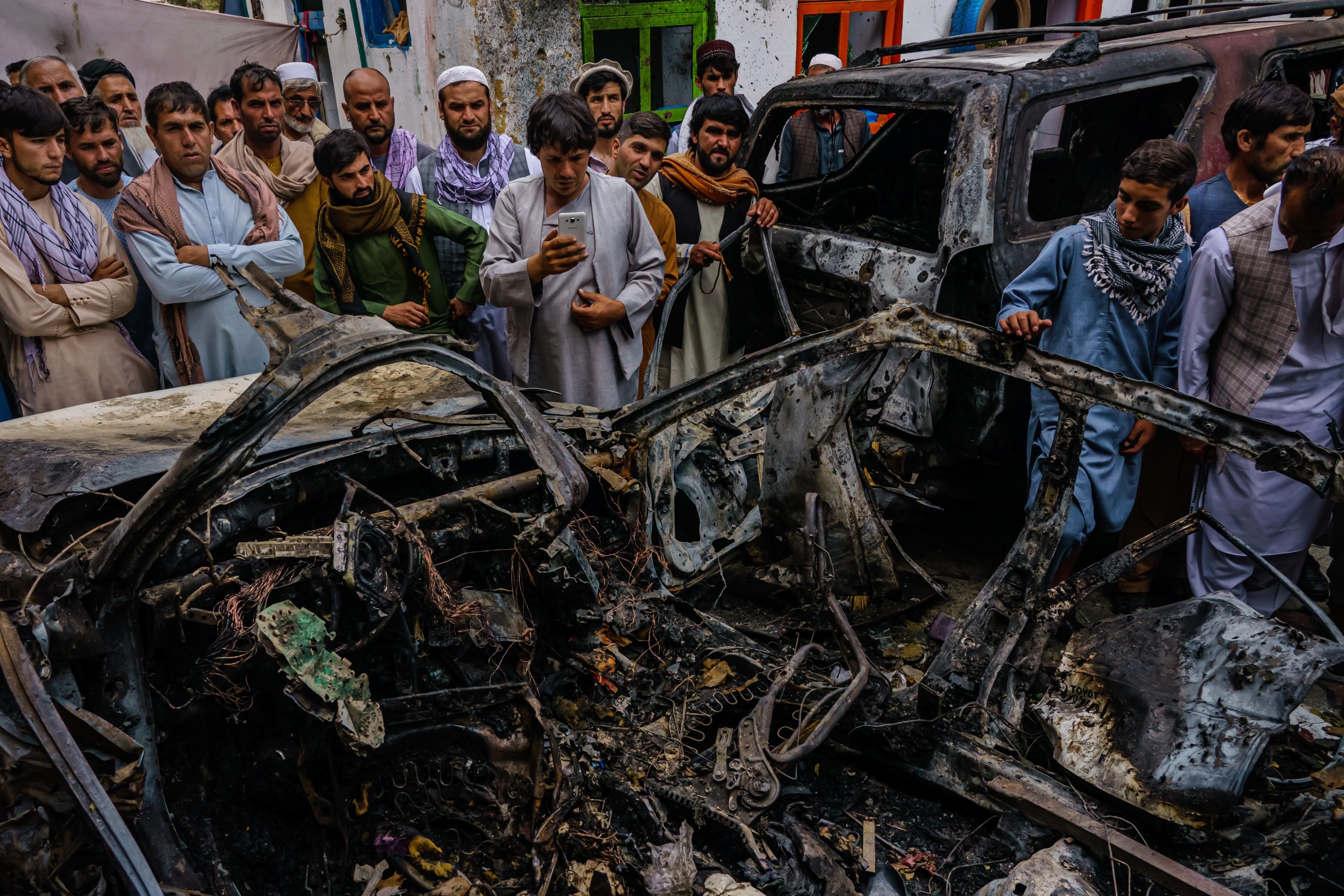ztayeb@businessinsider.com (Zahra Tayeb)

© Provided by Business Insider The fine imposed on United was the largest of its kind, according to officials. Thomas Pallini/Insider
United Airlines has been hit with a $1.9 million penalty for long tarmac delays, per Reuters.
A consent order cited 25 incidents that occurred between December 2015 and February of this year.
The airline breached federal rules by keeping passengers stuck on planes for too long.
United Airlines has been fined $1.9 million by the Department of Transportation (DoT) for keeping thousands of passengers stuck on planes for hours, in violation of federal rules, Reuters reported.
It is the largest penalty of its kind, according to the outlet.
The department said in a consent order that United failed to adhere to the assurances in its contingency plan for long tarmac delays for 20 domestic flights and five international flights at airports across the US. A total of 3,218 passengers were affected.
A tarmac delay occurs when a plane on the ground is either awaiting takeoff or has just landed and passengers do not have the opportunity to get off the plane.
In one 2019 incident, a United flight en route to Chicago was diverted to an airport in Wisconsin, due to a winter storm. It was held on the tarmac for more than four hours.
In a statement to Reuters on Friday, United said its "committed to fully meeting all DoT rules and will continue identifying and implementing improvements in how we manage difficult operating conditions."
United Airlines did not immediately respond to Insider's request for comment.
In July 2021, airlines reported a total of 40 tarmac delays of more than three hours on domestic flights, compared with 11 the month before, per the department.
United is not the only airline to have faced sky-high penalties in recent years. In 2019, American Airlines and Delta Air Lines were fined a total of $1.75 million for long tarmac delays at US airports.
Delta said at the time that it provided customers with substantial compensation for the delays, including cash reimbursements, SkyMiles, and travel vouchers.
Read the original article on Business Insider



